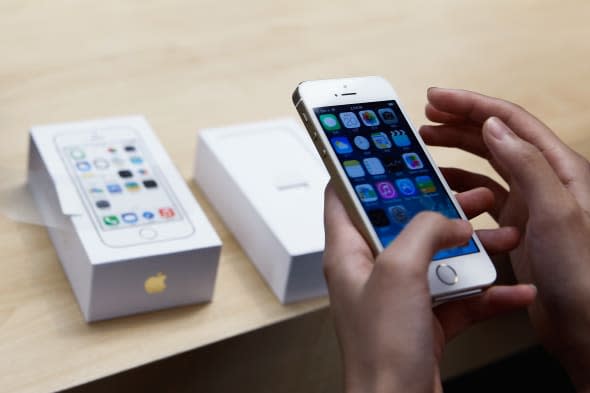A look at Apple's internal crack team of iPhone repair specialists

With each new iPhone release, Apple attempts to raise technological bar that much higher. Whether it's the Retina display introduced on the iPhone 4 or Touch ID introduced with the iPhone 5s, each successive iPhone model introduces new and complex elements into the mix. And with that comes the potential for a host of new problems, some of which may only be detectable once an iPhone is released to the masses.
Interestingly enough, Apple has a dedicated team of top-notch engineers tasked with keeping an extremely close eye on the problems associated with newly released iPhones and, in turn, enacting fixes across the company's manufacturing processes when possible.
News of Apple's crack-repair team comes courtesy of BloombergBusinessweek which profiled the company's early field failure analysis (EFFA) program in an interesting piece published yesterday evening.
Within hours of a new phone's release, couriers start bringing defective returns from Apple's retail stores to the company's headquarters in Cupertino, Calif. In a testing room, the same engineers who built the iPhone try to figure out the problem, say former employees who have participated in the program and don't want to anger their former employer. "They take them apart to diagnose what's happening right then and there," says Mark Wilhelm, who helped lead Apple's returns program.
The program, created in the late 1990s, is called early field failure analysis, or EFFA, and it's about as fun as it sounds. The idea is to keep easily resolved problems from becoming punch lines for late-night comics. Often, they jury-rig a hardware fix, then coordinate a solution across Apple's global supply chain.
Pretty impressive stuff, and certainly an exceedingly smart business strategy. The last thing Apple wants is to keep on manufacturing faulty iPhones when it can nip the problem in the bud and limit the pool of affected users.
There's a lot more in the full article that's well worth a read, including a blurb about how Apple can use the serial number associated with each faulty device to "trace a problem down to individual workers on an assembly line."
That's some next-level stuff right there.

